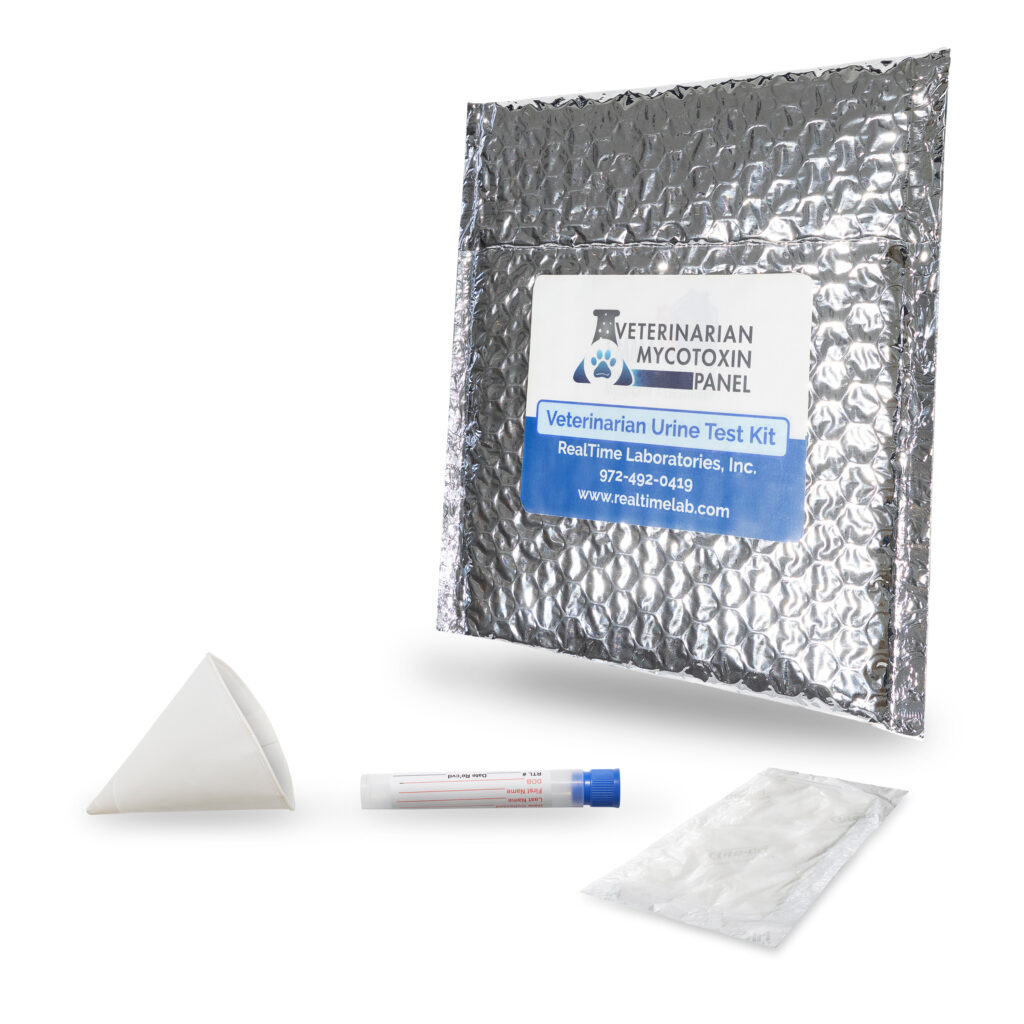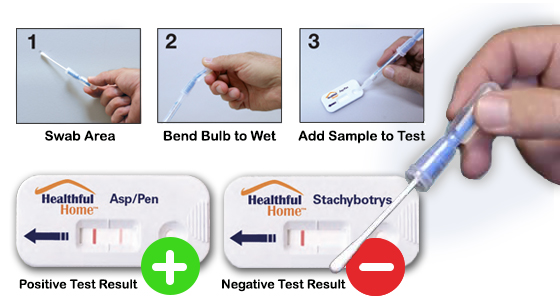How Mycotoxin Screening Assists Protect Against Contamination and Protect Food Materials

Mycotoxin screening is an important practice in the food sector, offering as a frontline protection against contamination by hazardous toxins generated by mold and mildews. With the application of advanced strategies like High-Performance Liquid Chromatography (HPLC) and Fluid Chromatography-Mass Spectrometry (LC-MS), food producers can properly evaluate and spot mycotoxin degrees in agricultural items.
Understanding Mycotoxins
Comprehending mycotoxins begins with identifying that they are hazardous second metabolites generated by specific molds, which can infect farming items. These metabolites are not essential for the growth or reproduction of the fungis however can have serious implications for animal and human health. Mycotoxins are typically located in staple crops such as corn, wheat, barley, and nuts, where they can proliferate under details problems of moisture and temperature level.
There are numerous kinds of mycotoxins, each produced by different fungal species. Fusarium types create fumonisins and trichothecenes, both of which are linked with different severe and persistent wellness concerns.

Threats of Mycotoxin Contamination
The risks of mycotoxin contamination are multifaceted, positioning significant dangers to both food safety and public wellness. Mycotoxins, harmful compounds generated by specific kinds of fungis, can infect a vast array of agricultural products consisting of grains, nuts, flavors, dried fruits, and coffee. As soon as these toxins penetrate the food supply, they can lead to serious health and wellness problems such as liver damages, kidney failure, and even cancer. At risk populaces, including youngsters, the senior, and immunocompromised people, are particularly at danger.
Economic influences are an additional major issue. Contaminated crops can cause substantial economic losses for farmers and food manufacturers due to minimized returns and the need for expensive purification actions. In addition, global trade can be dramatically hindered as nations implement strict mycotoxin policies to protect their populations, causing denied shipments and stretched trade relations.
Ecological factors such as climate adjustment intensify the risk of mycotoxin contamination. Variations in temperature level and moisture can create favorable problems for fungal development, raising the chance of contamination occasions. Therefore, understanding and minimizing these dangers are important for guaranteeing the safety and security and stability of international food supplies.
Approaches of Mycotoxin Examining
Properly recognizing mycotoxin contamination in farming items is necessary for securing public health and wellness and maintaining food safety standards. Numerous techniques are employed to discover and measure mycotoxins, each offering certain benefits and constraints.
High-Performance Fluid Chromatography (HPLC) is a widely used method because of its high level of sensitivity and accuracy. It includes dividing mycotoxins from various other materials in an example, enabling precise metrology. Likewise, Fluid Chromatography-Mass Spectrometry (LC-MS) integrates fluid chromatography with mass spectrometry to provide comprehensive molecular information, making it read here particularly useful for recognizing numerous mycotoxins simultaneously - Mycotoxin testing Services.

Gas Chromatography-Mass Spectrometry (GC-MS) and Thin-Layer Chromatography (TLC) are also used, each with unique applications. GC-MS works for unstable mycotoxins, while tender loving care offers an easier, affordable alternative for preliminary screening.
Benefits of Routine Testing
Routine testing for mycotoxins in farming items offers countless benefits, substantially adding to public health and food safety. By determining contamination early, normal screening aids stop the circulation of hazardous foods, therefore minimizing the risk of mycotoxin-related health problems among customers. This proactive strategy not just safeguards human wellness yet likewise boosts the general top quality of food materials.
Various nations and areas have actually developed stringent restrictions for look what i found mycotoxin levels in food and feed. Adhering to these restrictions through normal screening ensures that distributors and producers fulfill lawful criteria, consequently staying clear of charges and trade obstacles.
Furthermore, normal mycotoxin screening can cause considerable financial advantages. Early discovery of contamination permits timely treatment, reducing possible losses from extensive contamination. Applying routine screening methods can additionally minimize recall prices and associated obligations, which can be economically ravaging.
Additionally, regular screening offers beneficial information that can inform better farming methods and storage problems. By comprehending patterns of contamination, manufacturers can take on safety nets, consequently minimizing future dangers and adding to the sustainability of the food supply chain.
Applying Testing Methods
Applying reliable mycotoxin screening procedures is vital for making sure the security and high quality of agricultural items. Developing a robust screening structure includes multiple key actions, starting with the identification of possible contamination factors within the production and supply chain. This consists of pre-harvest, post-harvest, storage space, and distribution stages. Each stage should be scrutinized to determine where mycotoxin contamination is probably to occur.
Once essential control points are recognized, choosing appropriate screening methods is necessary. Typical strategies include enzyme-linked immunosorbent assay (ELISA), high-performance fluid chromatography (HPLC), and mass spectrometry (MS) Each method has its toughness and weaknesses; therefore, choosing the right one depends on the certain mycotoxin being tested, the called for sensitivity, and readily available resources.

Lastly, incorporating the testing protocols right into an extensive food safety monitoring system is a good idea. This enhances traceability and makes it possible for quick corrective activities our website when contamination is spotted, thereby guarding the stability of the food supply chain.
Conclusion
Mycotoxin testing is necessary in preventing contamination and guarding food materials by making it possible for very early discovery of damaging toxic substances produced by mold and mildews in agricultural products. Routine testing boosts brand credibility, monetary stability, and depend on in food security by lessening contamination-related losses and keeping high criteria in food manufacturing.
Mycotoxin screening is an essential practice in the food industry, serving as a frontline defense against contamination by damaging toxic substances created by molds. An integrated approach involving farming techniques, storage space administration, and routine testing can mitigate the risks linked with mycotoxin contamination, making certain food safety and security and public wellness.
The dangers of mycotoxin contamination are diverse, positioning significant threats to both food safety and public wellness.Routine testing for mycotoxins in agricultural items provides various advantages, dramatically adding to public health and wellness and food safety.Mycotoxin screening is necessary in stopping contamination and protecting food products by making it possible for early discovery of dangerous toxic substances produced by mold and mildews in agricultural items.